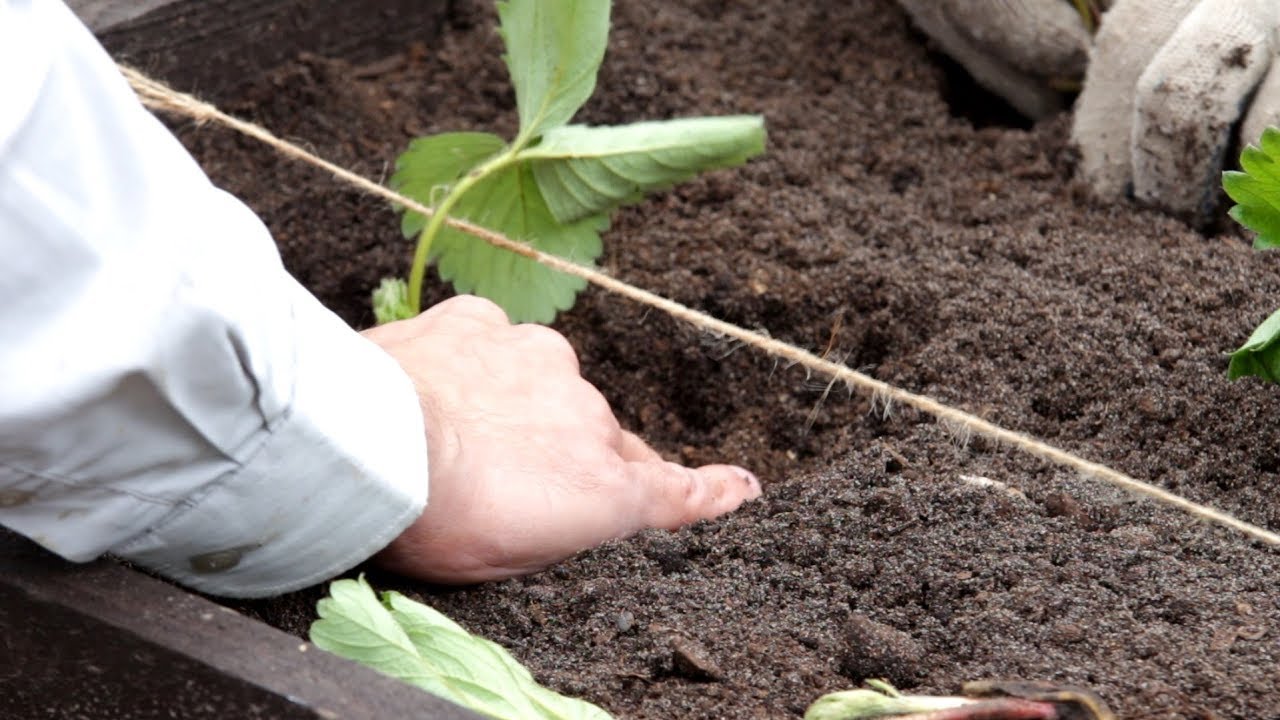Arabis belongs to the perennial group, representing the cruciferous family. Its natural habitat is mountains and rocky slopes. Most often, this picturesque carpet can be found in the mountains of Europe, North America and Asia.
Interest in this plant is quite high, however, not all beginner growers are familiar with the peculiarities of its cultivation and care, which often prevents the plant from demonstrating all its decorative properties.
Content
Arabis: description and varieties
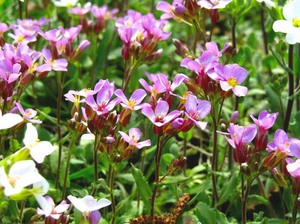 This ground cover plant, known as rezuha, belongs to the group of medium-sized and reaches a height of 30 cm.Therefore, it is often used in the design of a wide variety of objects available in the garden - arboretum, rockery and rock garden.
This ground cover plant, known as rezuha, belongs to the group of medium-sized and reaches a height of 30 cm.Therefore, it is often used in the design of a wide variety of objects available in the garden - arboretum, rockery and rock garden.
This plant looks unusual due to the amazing combination of bright emerald foliage and pinkish, cream, lilac and snow-white inflorescences, which are the main decoration of arabis.
This plant surprises with the fact that it retains an evergreen color under any temperature and climatic conditions. If there is snow cover, Arabis feels good even in severe winter frosts.
It is no coincidence that this plant bears this name, because it received it because of its unusual properties. In nature, there are varieties on the leaves of which there are coarse hairsthat can easily injure hands.
Many people know this mountain plant under the name “sunny bunny". This name looks much more euphonious and at the same time is great for thinning the pleasant aroma of a flower carpet.
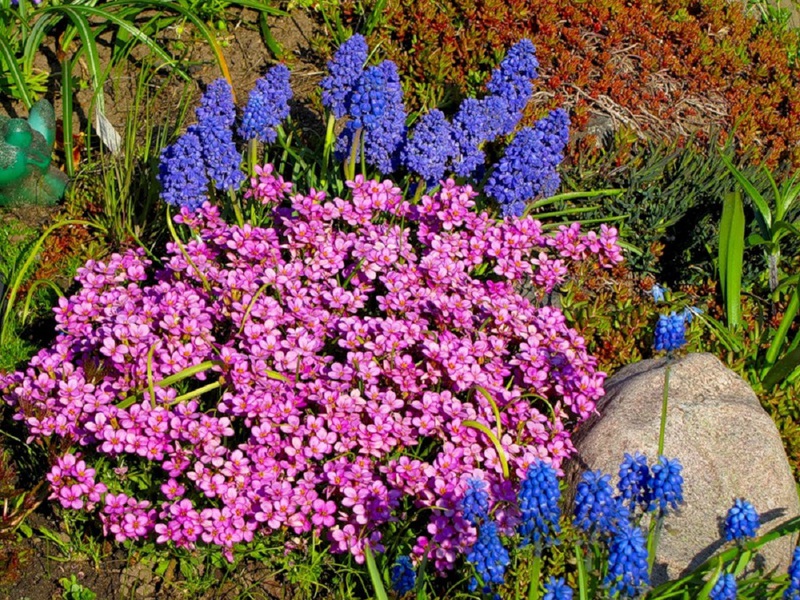
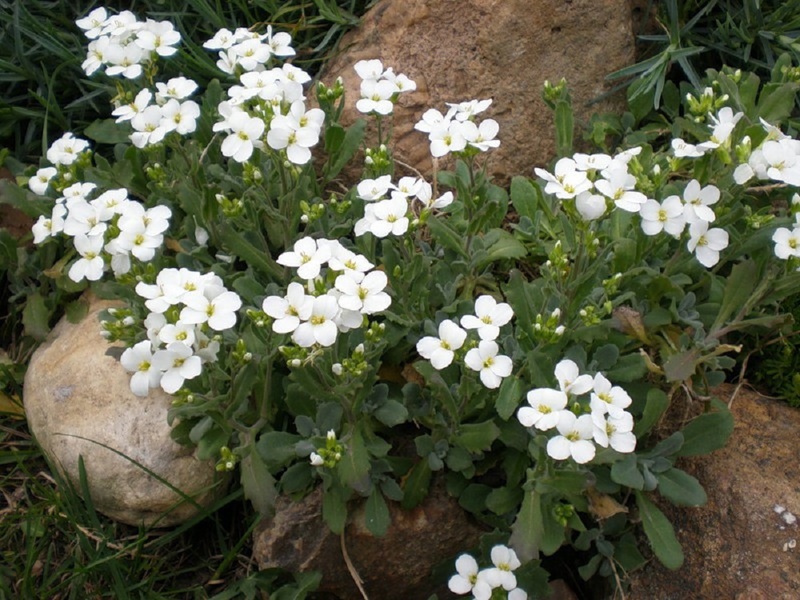
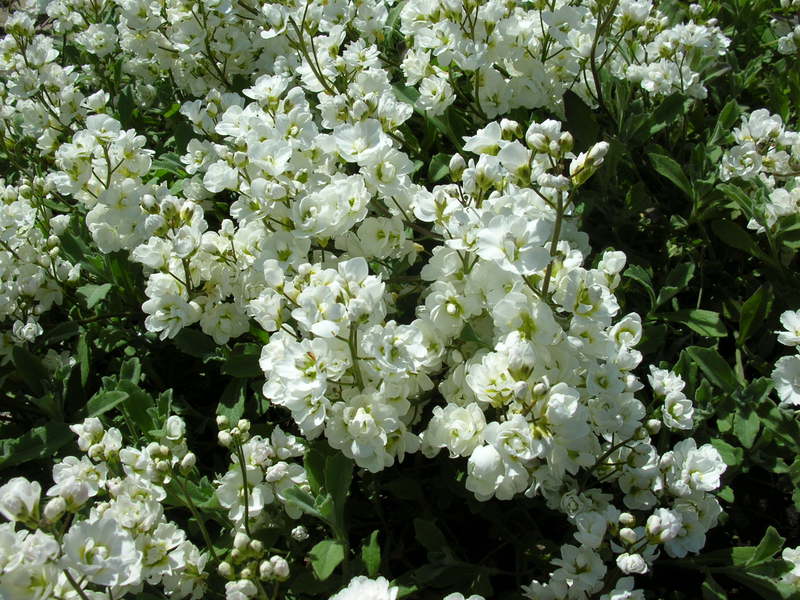
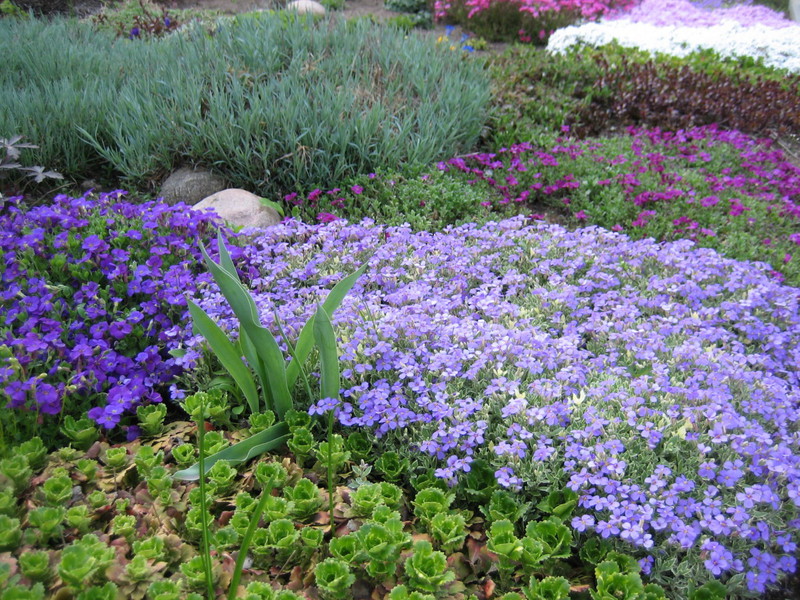
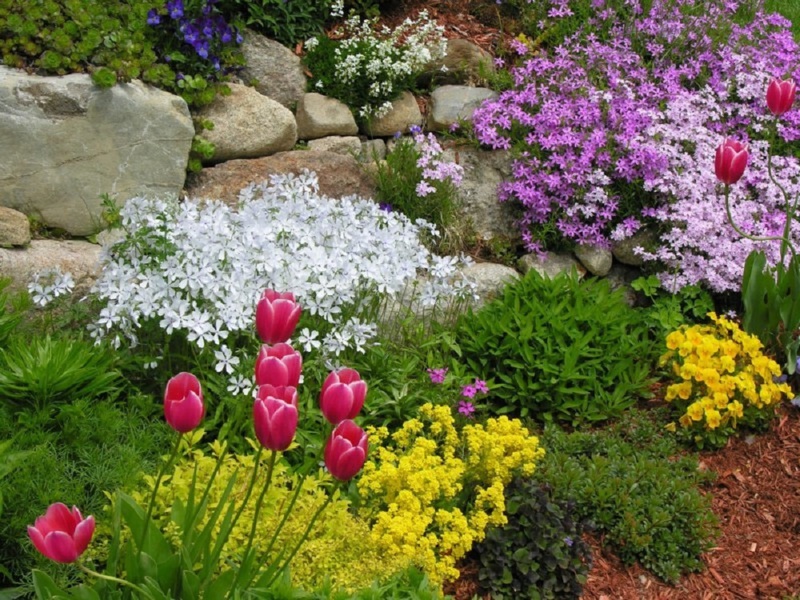
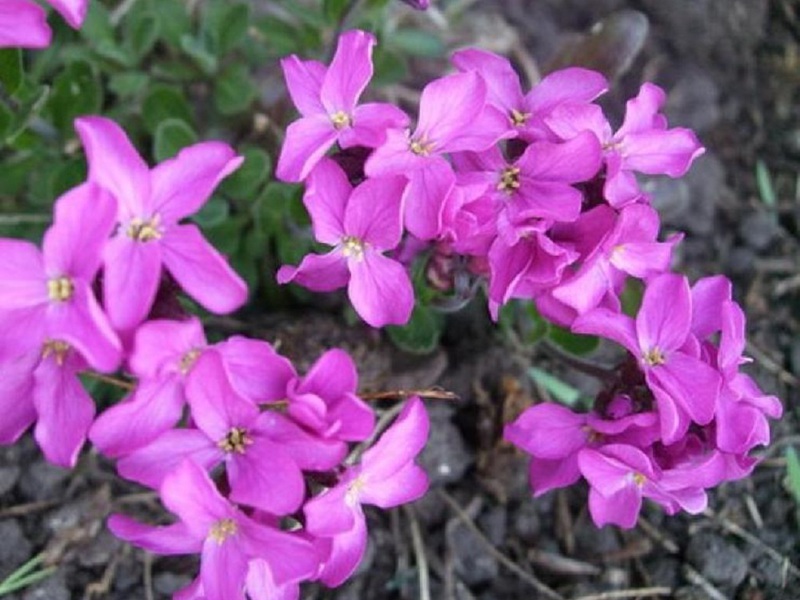
At the moment, through the efforts of breeders, it has been possible to create about 200 species of this plant, among which more than a hundred are hybrid species, with pronounced decorative properties, due to which they are in great demand among gardeners.
Of greatest interest among them are two types of arabis:
- Caucasian;
- Alpine.
Caucasian Arabis
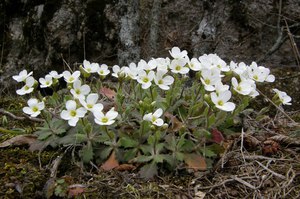 The main feature of the mountain variety of the plant is the presence of a very powerful root system... It is thanks to her that Caucasian Arabis grows well in the mountains, where its roots find a place for rooting inside crevices.
The main feature of the mountain variety of the plant is the presence of a very powerful root system... It is thanks to her that Caucasian Arabis grows well in the mountains, where its roots find a place for rooting inside crevices.
The bushes, decorated with emerald greenery, are rather short and have a height of no more than 15 cm. As a rule, they expand in length to 30-40 cm. Arabis begins to bloom in May, when stable warm weather sets in.
During this period, you can feel the most delicate aroma, as well as enjoy miniature pink and white flowers... Arabis Caucasian is presented in a wild, as well as cultural form, which can often be found both in personal plots and in greenhouses.
Alpine Arabis
 This species is also able to impress any sophisticated gardener. He attracts attention to himself with an extraordinary aroma, as well as the presence of a large number of white and pink tassels.
This species is also able to impress any sophisticated gardener. He attracts attention to himself with an extraordinary aroma, as well as the presence of a large number of white and pink tassels.
It usually blooms in mid-April. It can often be found under mountain crevices and between stones, where it gets along quite easily.Adult specimens can grow up to 18-20 cm.
The varieties of arabis considered above are not the only ones, besides them, there are many other noteworthy varieties.
This list can include the following varieties: bryophyte Arabis, running out (native to the Balkans), ciliate, breakthrough and other equally colorful mountain plants.
The first flowers bloom in May, and quite a lot of them are formed, but this picture does not take long to observe - only 20-30 days.
The racemose inflorescences that bring unforgettable pleasure are represented by a large number simple and double flowershaving lemon, purple or pinkish color. After flowering, Arabis begins to bear fruit, forming pods containing brown seeds.
Planting Arabis seeds in open ground
Usually, in search of Alpine rezuha seeds, many gardeners act very simply and turn to flower shops. However, before buying seed, you need to know when is the best time to sow.
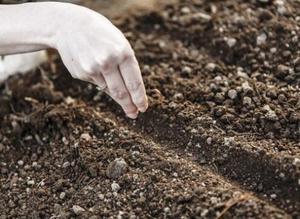 The most favorable moment for this occurs in the fall and mid-spring. Therefore, gardeners should already have prepared containers for planting at this time. By this time, the soil should warm up to 20 degrees Celsius.
The most favorable moment for this occurs in the fall and mid-spring. Therefore, gardeners should already have prepared containers for planting at this time. By this time, the soil should warm up to 20 degrees Celsius.- During sowing, it is not recommended to bury the seeds too deep. They can be placed 5 mm above the ground.
- To increase the percentage of seed germination, it is recommended to use a covering material that covers the sown area.
Despite the great availability of this method, it allows you to achieve high results with minimal cost. As a result, you will have to water the plants less often without thinking about creating drainage.
In such conditions, the seeds not only germinate earlier, but also bloom faster... You can understand that seedlings can be transplanted to a permanent place by the appearance of their first two or three leaves.
In order for Arabis bushes to grow to their maximum size, they need to be placed when planting not closer than 40 cm apart. Perhaps someone wants to get a picturesque floral carpet from arabis. In this case, three or four plants must be planted in one hole.
However, you will have to be patient, since the Arabis will begin to bloom only next year. Although, if you are anxious to find out how the seedlings you planted will look like, you can choose in advance special varieties that can bloom at the end of summer.
Once you have mature Arabis bushes, you can use them for breeding. For this you need cuttings. Therefore, if you will be pruning bushes, do not throw out the cut branches.
Plant care
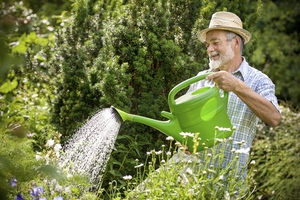 Moderate watering is necessary for the normal development of the razuha. Usually, the need for moisture in plants occurs only during periods of drought. Although Arabis can grow on any soil composition, it will feel better if you loosen the soil regularly.
Moderate watering is necessary for the normal development of the razuha. Usually, the need for moisture in plants occurs only during periods of drought. Although Arabis can grow on any soil composition, it will feel better if you loosen the soil regularly.
So that after sowing the plants move to growth as quickly as possible, forming new leaves, during planting you should use mixtures of soil and sand... Then in two or three months you will be amazed by the rapid flowering and unforgettable aroma.
Arabis is unpretentious plant and in the sense that he is not afraid of many diseases and pests. And this is not surprising, given that he feels comfortable not only in the garden, but also in the mountain crevices.
Accustomed to growing in the mountains, Alpine Arabis demonstrates unpretentiousness in the garden, not requiring much attention to itself.
However, if you want to achieve more expressiveness and saturation from it, then it is desirable throughout the summer season. feedusing special mineral fertilizers. Moreover, the first time they can be introduced into the soil after planting.
Reproduction of Arabis
The sowing method is often practiced among most gardeners. However, for its double varieties, alternative methods can also be used - propagation by cuttings or dividing the bush.
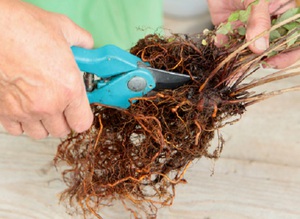 When multiplying by sowing seeds, the first step is to determine the appropriate time for sowing. Although for Arabis alpine seed growing is the most famous method, it is best to do it in spring or late autumn.
When multiplying by sowing seeds, the first step is to determine the appropriate time for sowing. Although for Arabis alpine seed growing is the most famous method, it is best to do it in spring or late autumn.- An effective breeding method for Arabis is to divide the bush. 3-4 Arabis bushes growing on your site are able to provide you with 20 fully mature cuttings. It is best to transplant them into the ground at the end of August, observing the plant placement scheme 30 × 30 cm.
- Alpine Arabis can be propagated by cuttings any day from May to June. The shoots themselves are recommended to be harvested from the top of the bush. These should be twigs 7-8 cm long. The two leaves located in the lower part of the cutting must be removed, and the cutting itself must be transferred to the prepared hole.
Rooting occurs quite quickly, usually it takes no more than 3 weeks. Over the summer, a well-developed root system forms, so in the fall you can look for a permanent place for it.
Arabis is popular with gardeners not only for its beautiful flowers. This is one of the most unpretentious plants in growing, which are often used to decorate various elements of a garden plot.
Considering that under natural conditions arabis grows in mountain crevices, even a novice florist will not experience problems when growing rezuha in a garden.
Particular attention must be paid to sowing, since it is at this stage that future plants are formed. But in the future, it will not require much attention, because Arabis can easily do without frequent feeding and watering.


